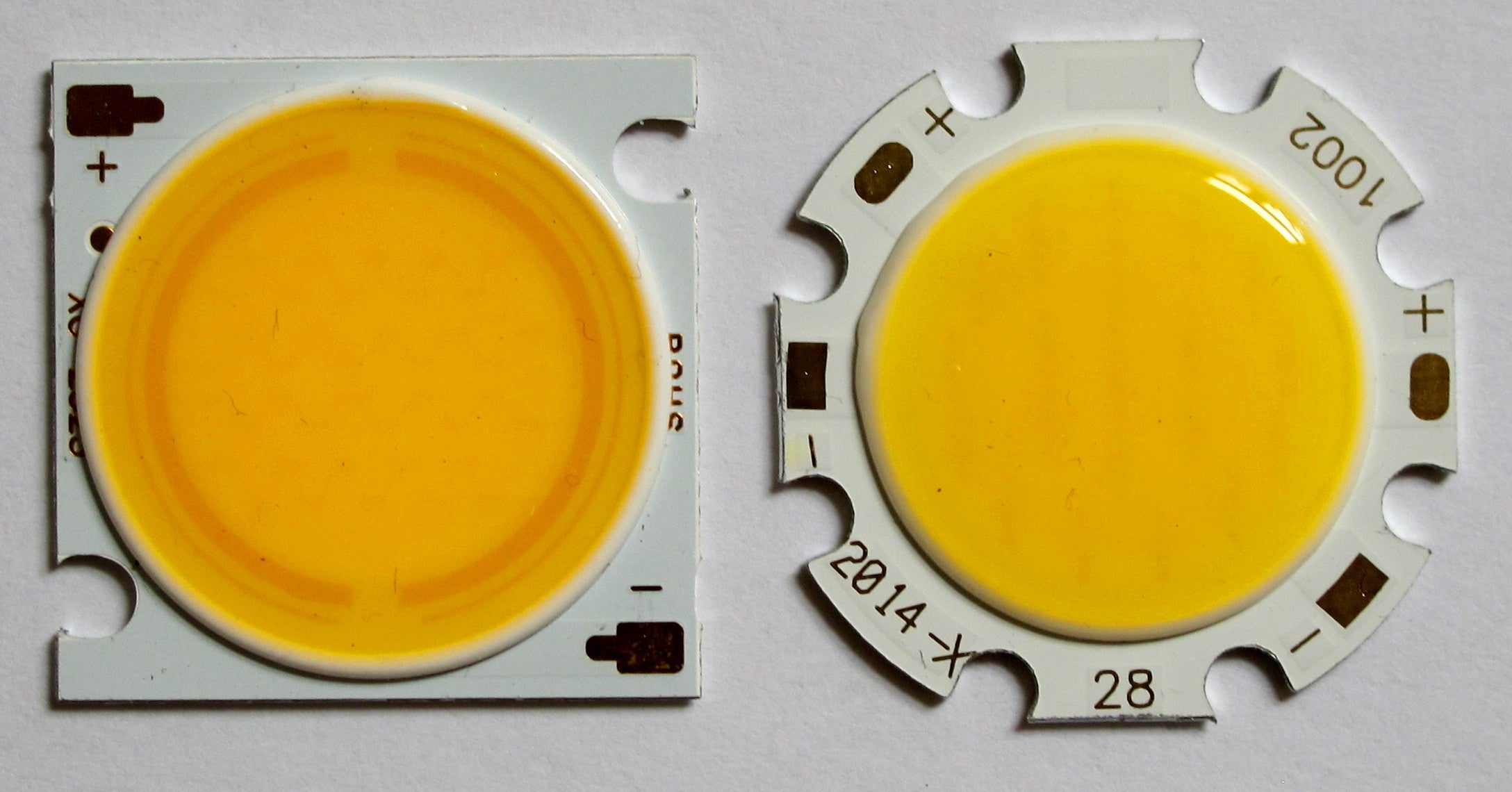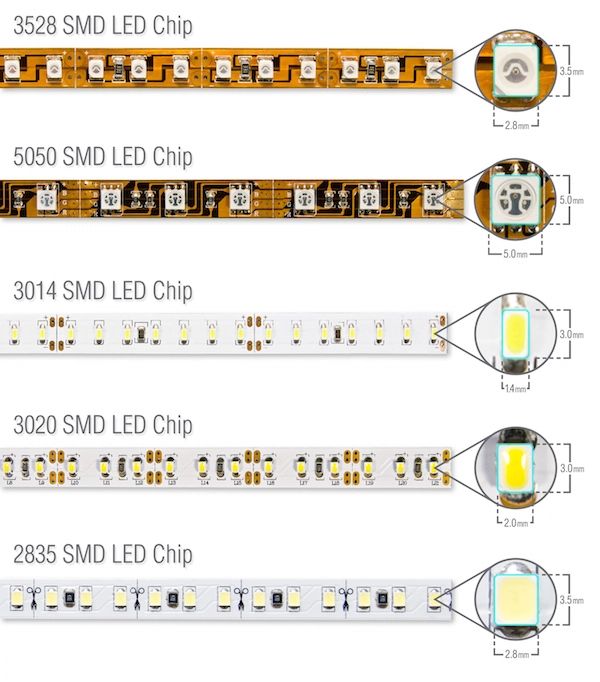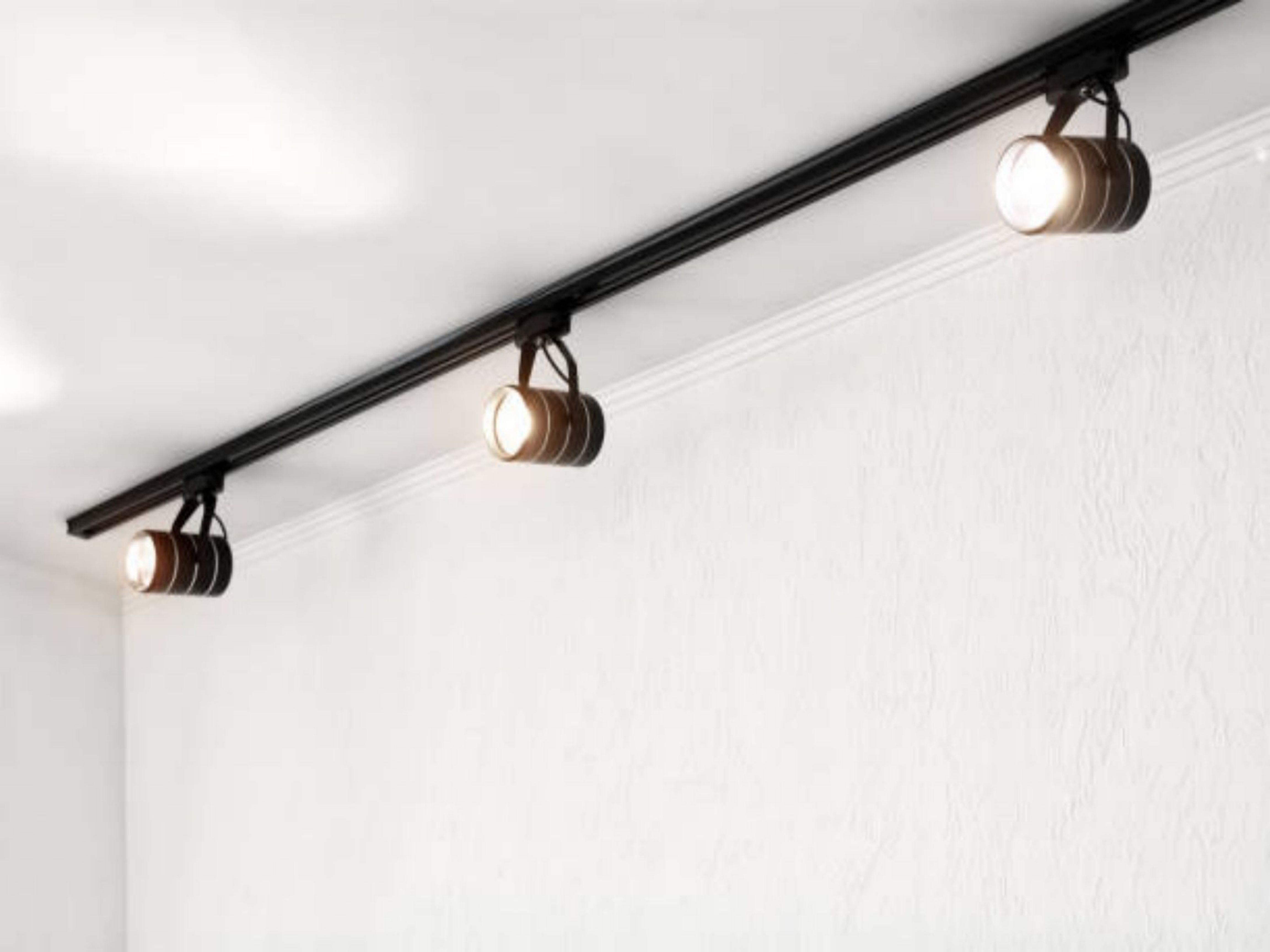In everyone's cognition, you must know SMD light source. In fact, what we call COB light source is an upgraded version of SMD light source. Then you must ask, which ones have been upgraded. Let me tell you what COB light source is? What is the difference between SMD light source and COB light source?
1. Introduction of COB light source
COB light source means that the chip is directly bound and packaged on the entire substrate, that is, multiple chips are inherited and integrated on the aluminum substrate for packaging. It is mainly used to solve the problem of manufacturing high-power LED lamps with low-power chips. It can disperse the heat dissipation of the chips, improve the light efficiency, and improve the glare effect of LED lamps. COB has high luminous flux density, less glare, soft light, and emits a uniformly distributed smooth surface.
COB light source is a high-efficiency integrated surface light source technology in which the LED chip is directly attached to a mirror metal substrate with high reflectivity. This technology eliminates the concept of brackets, no electroplating, no reflow soldering, and no patch process, so the process is reduced by nearly three points One, the cost is also saved by one third.
COB light source can be simply understood as a high-power integrated surface light source, and the light-emitting area and overall size of the light source can be designed according to the product shape and structure.
Features of COB light source:
Electrical stability, circuit design, optical design, heat dissipation design scientific and reasonable;
The use of heat sink technology ensures that the LED has an industry-leading thermal lumen maintenance rate (95%).
It is convenient for the secondary optical matching of the product and improves the lighting quality.
High color rendering, uniform luminescence, no light spots, healthy and environmentally friendly.
The installation is simple, the use is convenient, the difficulty of lamp design is reduced, and the cost of lamp processing and subsequent maintenance is saved.
2. Introduction of SMD light source
SMD LED is the meaning of surface mount light emitting diode, SMD patch helps to improve production efficiency and application in different facilities. It is a solid-state semiconductor device that can directly convert electricity into light. Its voltage is 1.9-3.2V, and the voltage of red light and yellow light is the lowest. The heart of the LED is a semiconductor chip, one end of the chip is attached to a bracket, one end is the negative electrode, and the other end is connected to the positive electrode of the power supply, so that the whole chip is Epoxy encapsulated. The semiconductor wafer consists of two parts, one part is a P-type semiconductor, in which holes dominate, and the other end is an N-type semiconductor, where electrons are mainly. But when the two semiconductors are connected, a P-N junction is formed between them. When the current acts on the wafer through the wire, the electrons will be pushed to the P region, where the electrons and holes recombine, and then emit energy in the form of photons, which is the principle of LED light emission. The wavelength of light, which is also the color of light, is determined by the material that forms the P-N junction.
3. Comparative analysis of SMD light source and COB light source
Traditional LED: "LED light source discrete device → MCPCB light source module → LED lamp", mainly because there is no ready-made suitable core light source components, which is not only labor-consuming and time-consuming, but also high cost.
COB package "COB light source module → LED lamp", which can directly package multiple chips on the metal-based printed circuit board MCPCB, and directly dissipate heat through the substrate, saving the cost of primary packaging of LED, the cost of light engine module production and the cost of secondary light distribution . In terms of performance, through reasonable design and micro-lens molding, the COB light source module can effectively avoid the drawbacks such as point light and glare existing in the combination of discrete light source devices; it can also be added by adding an appropriate red chip combination. On the premise of life, it can effectively improve the color rendering of the light source.
The relative advantages of COB are:
Manufacturing efficiency advantage
The production process of COB packaging is basically the same as the traditional SMD production process, and the efficiency of die bonding and wire bonding is basically the same as that of SMD packaging. The product is much higher. The traditional SMD packaging labor and manufacturing costs account for about 15% of the material cost, and the COB packaging labor and manufacturing costs account for about 10% of the material cost. Using COB packaging, labor and manufacturing costs can be saved by 5%.
Low thermal resistance advantage
The system thermal resistance of traditional SMD packaging applications is: chip - solid die glue - solder joint - solder paste - copper foil - insulating layer - aluminum. The system thermal resistance of the COB package is: chip-die glue-aluminum. The system thermal resistance of the COB package is much lower than that of the traditional SMD package, which greatly improves the life of the LED.
Light quality advantage
The traditional SMD package attaches multiple discrete devices to the PCB board to form a light source component for LED applications in the form of patches. This approach has problems of spotlight, glare, and ghosting. Since the COB package is an integrated package, it is a surface light source, with a large viewing angle and easy adjustment, reducing the loss of light refraction. It is also possible to effectively improve the color rendering of the light source without significantly reducing the efficiency and life of the light source by adding an appropriate combination of red chips.
4. Comparison of SMD and COB LED packaging technologies
SMD (SMD) light source has a large light-emitting angle, up to 120-160 degrees, high assembly density, small size and light weight of electronic products. The volume and weight of SMD components are only about 1/10 of those of traditional plug-in components. After SMT, the volume of electronic products is reduced by 40%-60%, and the weight is reduced by 60%-80%. In addition, it has high reliability and strong vibration resistance. The defect rate of solder joints is low; the high-frequency characteristics are good, which reduces electromagnetic and radio frequency interference; it is also easy to realize automation, improve production efficiency, reduce costs by 30%-50%, and save materials, energy, equipment, manpower, time, etc.
The COB (integrated) packaging technology is chip-on-board packaging, which is one of the bare chip mounting technologies. The LED chips are hand-held and mounted on the printed circuit board. The electrical connection between the chip and the substrate is realized by wire stitching, and covered with resin to ensure reliability. The COB light source module is a high-power integrated light source. The circuit can be freely designed according to customer requirements, and the heat dissipation is more reasonable, which can effectively avoid the disadvantages of point light and glare existing in the combination of discrete light source devices. Less glare, and by adding an appropriate combination of red chips, the color rendering of the light source can be effectively improved without significantly reducing the efficiency and life of the light source. The viewing angle is large and easy to adjust, reducing the light refraction loss. The light output is more uniform and the installation is simple and convenient.
It can be seen that the transformation of SMD packaging to COB is the general trend.
Dongguan Xiangshun Optics Co., Ltd. (www.ledlensxs.com) has been committed to the R&D, production, and sales of COB lenses and LED optical lenses since its establishment in 2001. The company has a special optical design department and has independently developed and designed a variety of models. Lenses, including commercial lighting lenses, LED flood light lenses, etc., meet the lighting needs of roads, factories, tunnels, offices, and other occasions.
